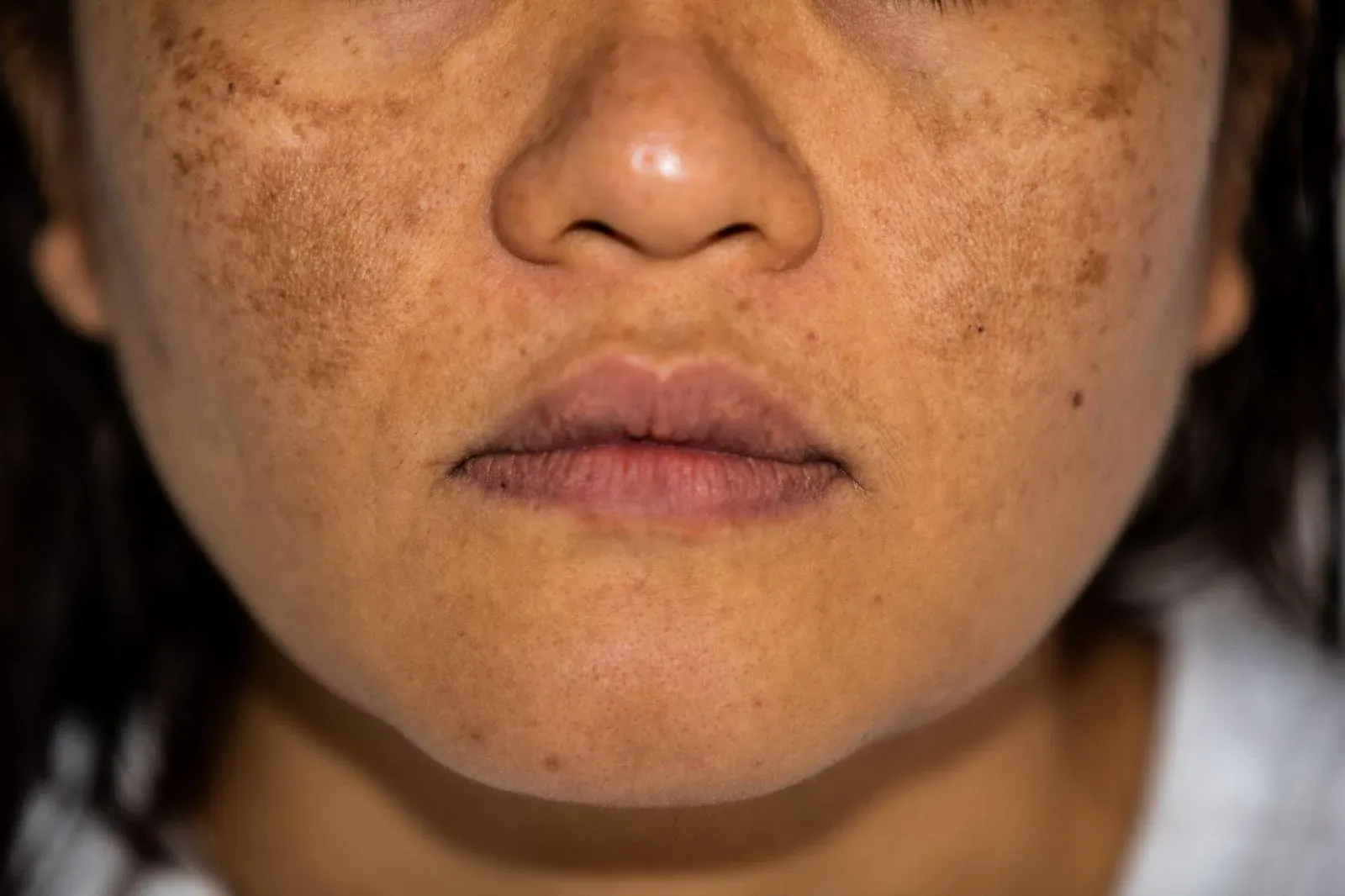Understanding the Skin's New Sensitivity
Once melasma fades, the skin often remains more vulnerable to environmental triggers. The pigment-producing cells can easily be reactivated by heat or exposure to sunlight. This means maintenance becomes just as important as treatment. Even after visible patches disappear, the process of keeping the skin tone even must continue with care and consistency.
Maintaining Balance in Skin Tone
Fading Melasma treatment Dubai doesn't mean it’s gone permanently. The skin tone can shift again under the same conditions that triggered it before. Preventing uneven patches from returning involves consistent habits that support skin clarity and protect against overstimulation of melanin.
Consistent Habits to Avoid Pigmentation Return
Daily Protective Routines
Consistency in skin care plays a major role in maintaining results. Every day, the skin is exposed to potential triggers like heat, humidity, and light. Adopting a steady routine helps reinforce the skin barrier and reduce the chance of pigmentation returning. Even on cloudy days, protective care routines must remain a priority.
Avoiding Direct Exposure During Peak Hours
Time spent outdoors during the highest sunlight hours can reintroduce pigmentation. Limiting time in direct sunlight and seeking shade when outside are key preventive strategies. Even brief exposure during midday hours can cause subtle pigmentation changes over time.

Skin Hydration and Barrier Protection
Supporting Skin Strength Through Moisture
Hydrated skin is more resilient. Moisture helps maintain the skin's barrier, preventing external irritants from triggering pigment cells. Skin that stays soft and nourished is better equipped to handle fluctuations in temperature or environmental stress without producing dark spots.
Reinforcing the Skin’s Natural Barrier
After melasma fades, the skin can still react to minor triggers. Strengthening the barrier involves keeping the skin healthy and less reactive. Consistent moisture and a calming care routine help reduce inflammation and pigment formation over time.
Tracking Skin Changes Regularly
Observing the Face for Early Signs
Even after melasma fades, subtle signs of pigment imbalance can reappear. Checking the skin in natural light helps detect minor shifts in tone. Watching for new spots or slight darkening in familiar areas can prevent a full return of pigmentation.
Keeping a Visual Record Over Time
Photographing the face periodically allows for comparison. Subtle differences that are hard to see day-to-day become more noticeable when reviewing images taken weeks apart. This makes it easier to track changes and address early symptoms immediately.
Reducing Environmental Exposure
Minimizing Triggers From Heat and Light
High heat and light exposure remain constant threats to even skin tone. Whenever possible, minimizing time spent in intense temperatures reduces the chance of pigmentation returning. Wearing hats or using physical barriers can limit skin exposure without needing to rely on products.
Creating a Cool Environment for the Skin
Maintaining a cool temperature indoors supports pigment stability. Skin that stays cool is less likely to produce melanin unnecessarily. Avoiding hot environments or intense heat exposure, especially for the face, protects against unexpected pigmentation triggers.
Lifestyle Adjustments for Skin Health
Supporting Skin Through Rest and Routine
Balanced routines support healthy skin tone from within. Getting regular rest, maintaining hydration, and minimizing stress all play a role in preventing melasma from returning. Lifestyle balance helps the body maintain skin clarity without overstimulation.
Recognizing the Body's Role in Skin Appearance
The skin reflects internal balance. When rest and hydration are consistent, the skin tone is less likely to shift. By maintaining a steady rhythm in daily life, individuals create a strong foundation for lasting skin clarity.
Avoiding Triggers in Daily Life
Protecting Skin From Hidden Stimuli
Triggers don’t only come from the sun. Heat from cooking, long drives in bright weather, or standing near hot surfaces can also activate pigment cells. These everyday situations should be approached with awareness. Even small actions, like turning away from direct heat, help prevent reactivation.
Choosing Environments That Support Skin Stability
Whenever possible, choosing environments with shade, cool airflow, and low humidity helps keep pigment cells inactive. Recognizing how surroundings affect the skin is an important part of maintaining a clear tone.
Staying Aware of Personal Skin Patterns
Understanding Where Melasma First Appeared
The areas where melasma first developed are often the most likely to be affected again. Paying close attention to those specific parts of the face allows for faster action if discoloration starts to reappear. Checking these zones more often ensures early detection.
Building Skin Awareness Over Time
Each person’s skin reacts differently to environmental factors. By becoming more aware of individual triggers and how the skin responds, people can better maintain even tone. This personal knowledge helps guide choices that support long-term clarity.
Committing to Long-Term Skin Care
Ongoing Attention as a Preventive Measure
Even skin tone is not a one-time achievement. It requires steady care and awareness. Being proactive and gentle with the skin helps prevent old pigment patterns from resurfacing. This ongoing effort creates lasting clarity and confidence in one’s appearance.
Setting Realistic Expectations for Results
It’s natural for minor shifts in tone to happen over time. Expecting perfection can lead to stress, which can itself become a skin trigger. Accepting small variations while remaining attentive to bigger changes is a balanced approach that supports emotional and skin health together.
Recognizing the Skin's Resilience
Celebrating the Progress While Staying Mindful
Once Melasma treatment in Dubai fades, it’s a sign that the skin has healed and responded to care. Maintaining this result involves both appreciation and discipline. Staying mindful of triggers while appreciating clear skin encourages continued care without anxiety.
Building Confidence in Healthy Skin Habits
With every passing day of even skin tone, confidence builds. Knowing that consistent habits make a difference strengthens the commitment to daily care. This mindset becomes a valuable tool in preventing melasma from returning and preserving skin tone for the long term.
